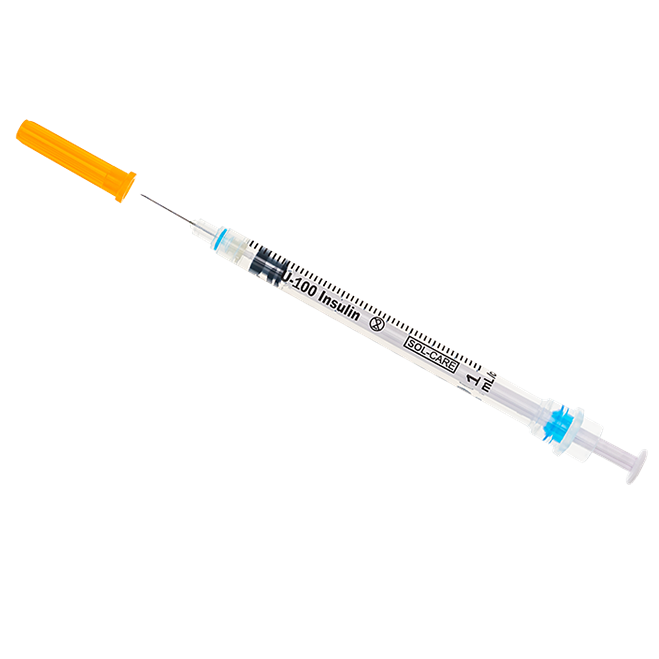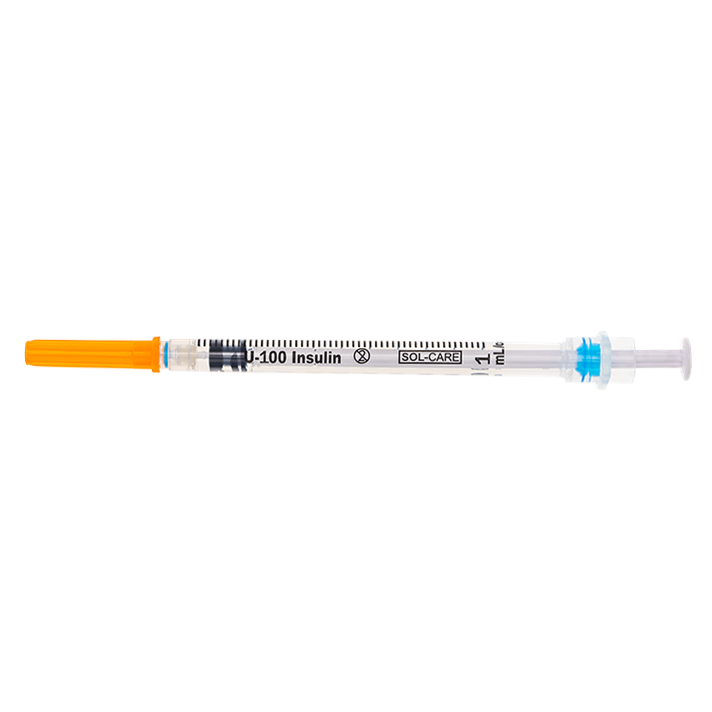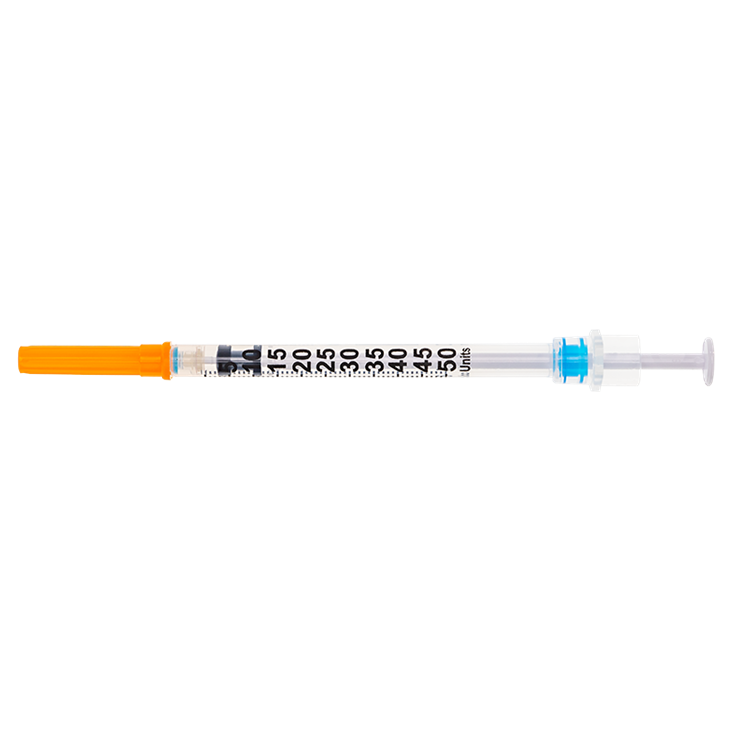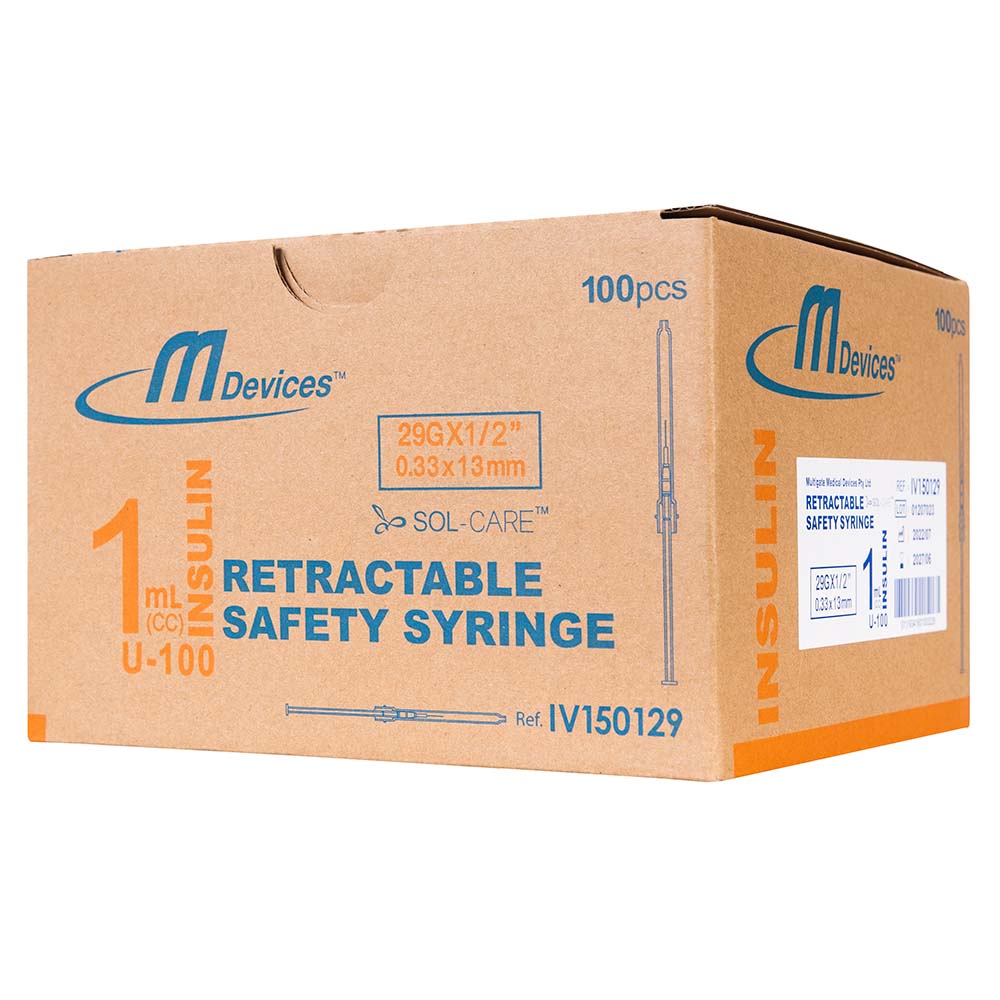Catalog
-
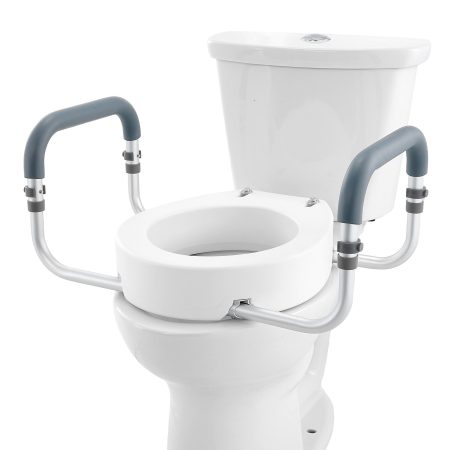
Bathroom Medical Equipment (84)
-
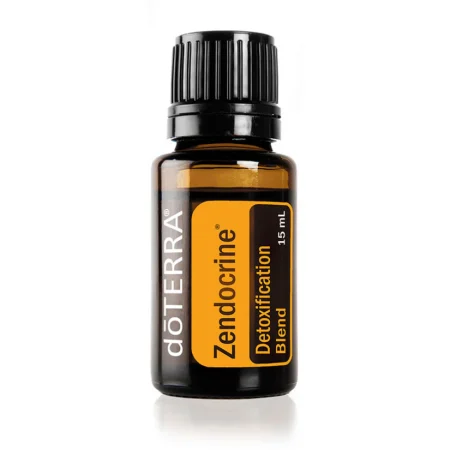
Body & Care (39)
-

Body Armour Hydration (11)
-
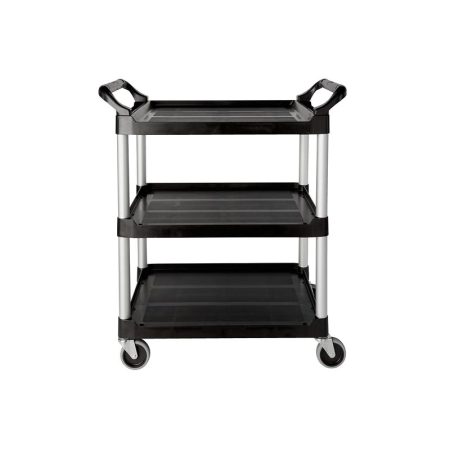
Clinic Products (9)
-
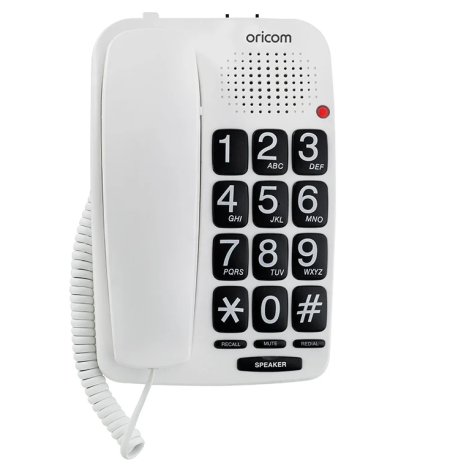
Corded Phones (4)
-
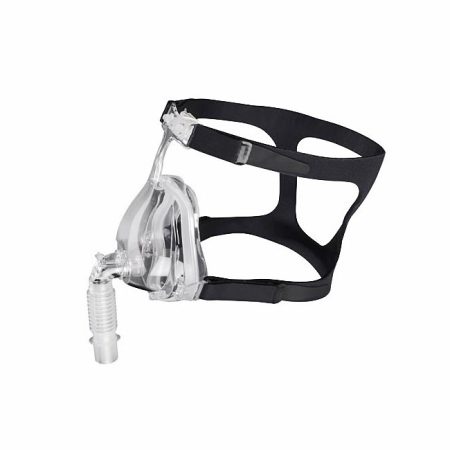
CPAP (5)
-
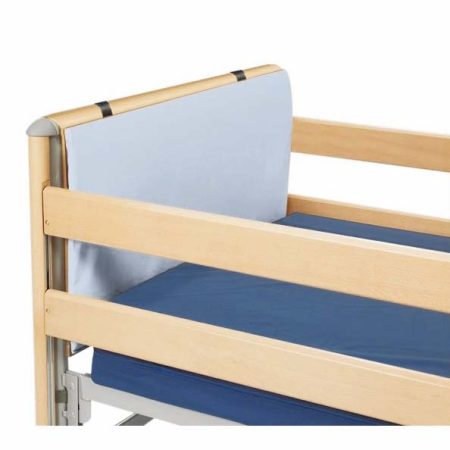
Falls & Safety Management (7)
-
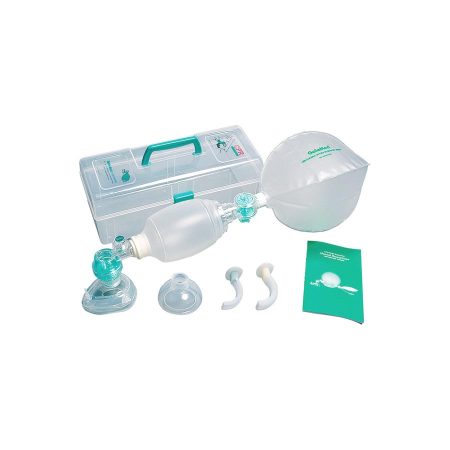
First Aid (36)
-
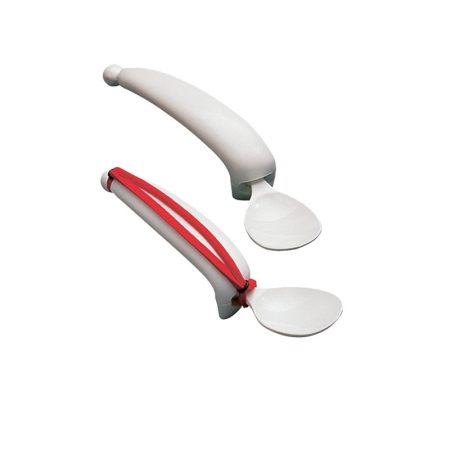
Home Care Equipment (92)
-

Lifestyle and Assisted Listening Devices (6)
-
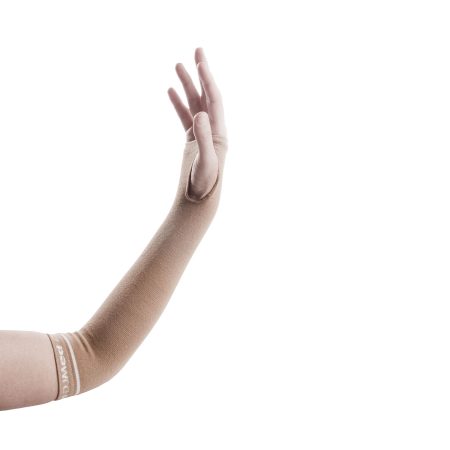
Limb Protectors (4)
-
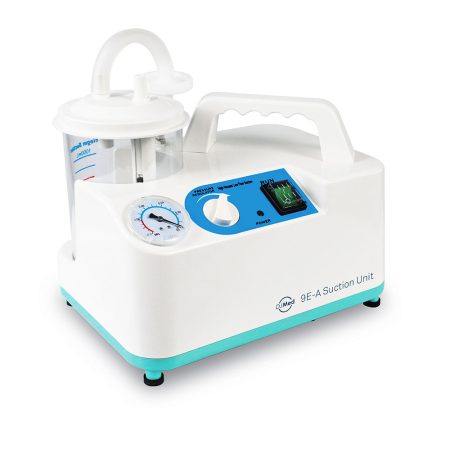
Medical Devices (153)
-
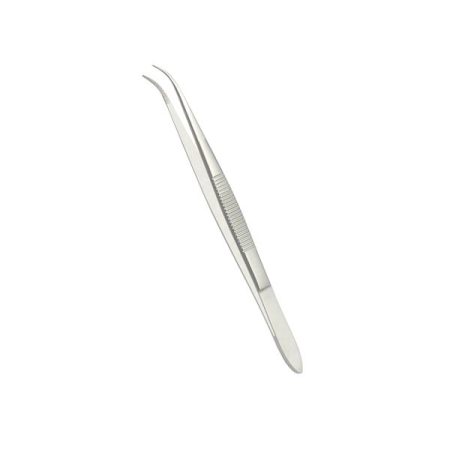
Medical Instruments (9)
-

Medical Protective Equipment (9)
-
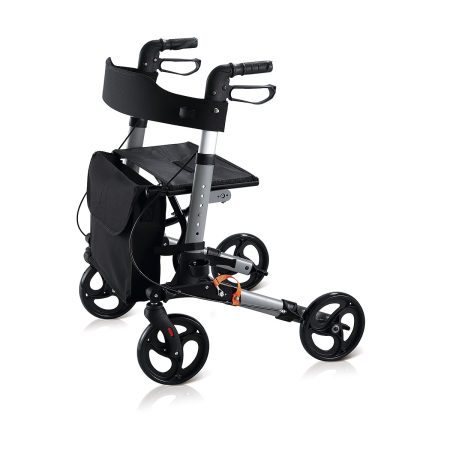
Mobility Equipment & Devices (196)
-
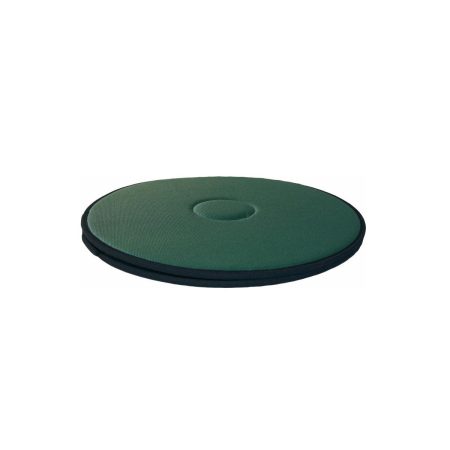
Patient Transfer Equipment (16)
-

Physical Rehabilitation Equipment (79)
-
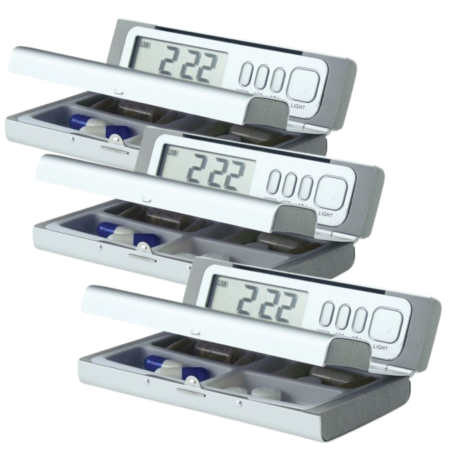
Pill Organizers (15)
-
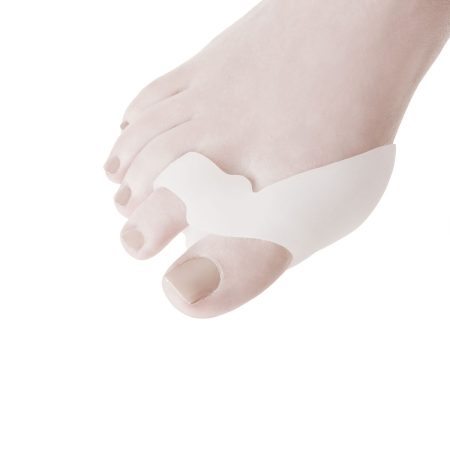
Podiatry Supplies (21)
-

Pressure Care (123)
-
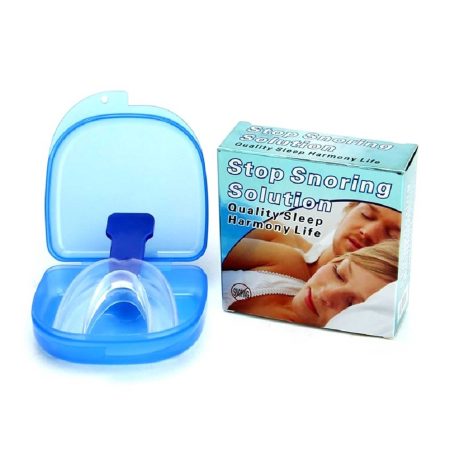
Sleep Support (22)
-
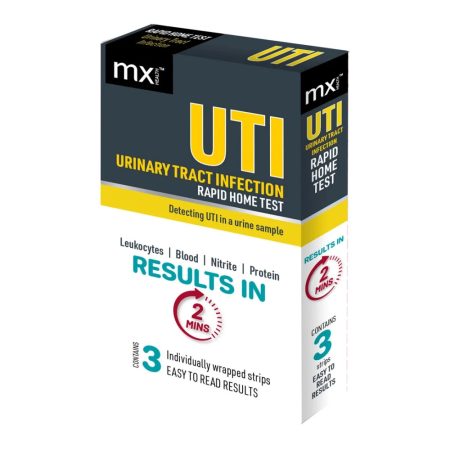
Test Kit (2)
-

Urology Supplies (6)
Insulin Syringe with Retractable Safety Needle, Box of 100
Insulin Syringe with Retractable Safety Needle, Box of 100
$59.99
Retractable safety syringe retracts the needle into the barrel after injection to prevent re-use and needle-stick injury
An insulin syringe is a medical device used to inject insulin into the body, typically for people with diabetes. It is specifically designed to deliver insulin, which is a hormone that helps regulate blood sugar levels.
The syringes are marked in units of insulin, with common concentrations being U-100, meaning 100 units of insulin per milliliter.
Description
A retractable safety needle on an insulin syringe is a specialized safety feature designed to reduce the risk of accidental needlestick injuries. Here are the key points about this technology:
- Mechanism: After use, the needle can be retracted into the barrel of the syringe, typically by pressing a button or applying pressure to a specific part of the syringe.
- Safety: Once retracted, the needle is safely contained within the syringe body, significantly reducing the risk of accidental needlesticks to the user or healthcare workers.
- Single-use design: The retraction mechanism usually renders the syringe unusable after a single use, preventing reuse and potential contamination.
- Compliance: These safety features help healthcare facilities comply with regulations aimed at reducing needlestick injuries and bloodborne pathogen exposure.
- Ease of disposal: Retracted needles make disposal safer and easier, as there’s no exposed sharp point.
- User-friendly: The retraction mechanism is typically designed to be simple to activate, even for patients with limited dexterity.
- Reduced anxiety: For some users, knowing the needle will be safely contained after use can reduce anxiety associated with self-injection.
- Environmental impact: While these syringes enhance safety, they may contain more plastic than standard syringes, which could be a consideration for environmental impact.
Retractable safety needles represent an important advancement in injection safety, particularly for people who regularly self-administer insulin. They provide an extra layer of protection against accidental needle injuries, which can be a concern for both individual users and healthcare professionals handling used syringes.
| Size | 1mL |
| Carton quantity | 100 pcs |
| Sterile | Yes |
| Needle | Retractable Safety |
| Needle lengths | 8mm or 13mm |
Additional information
| Length | 29G x 13mm, 29G x 8mm |
|---|
Related products
-

Universal Tap Turner
$49.99 Add to cart -
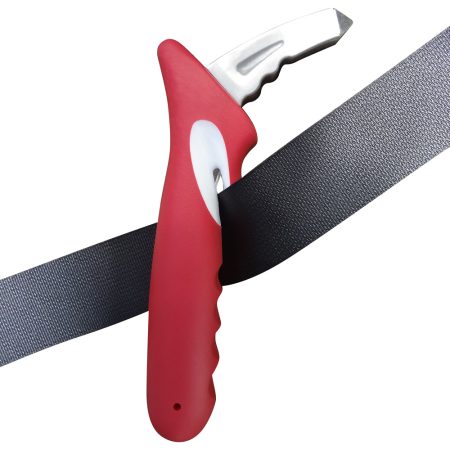
Handy Bar – Car Standing Aid
$89.99 Add to cart -

Wheelchair Water Bottle Holder
$27.99 Add to cart -
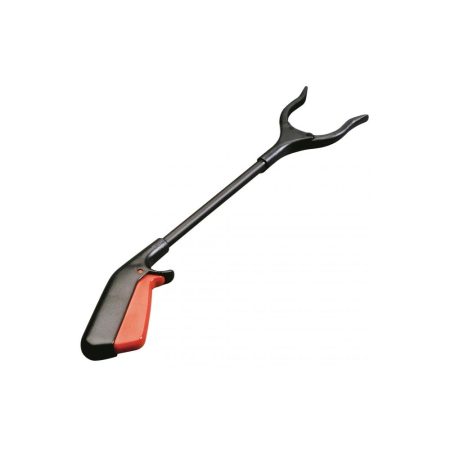
Etac Reacher Grabber
$79.00 – $109.00Price range: $79.00 through $109.00 Select options This product has multiple variants. The options may be chosen on the product page

